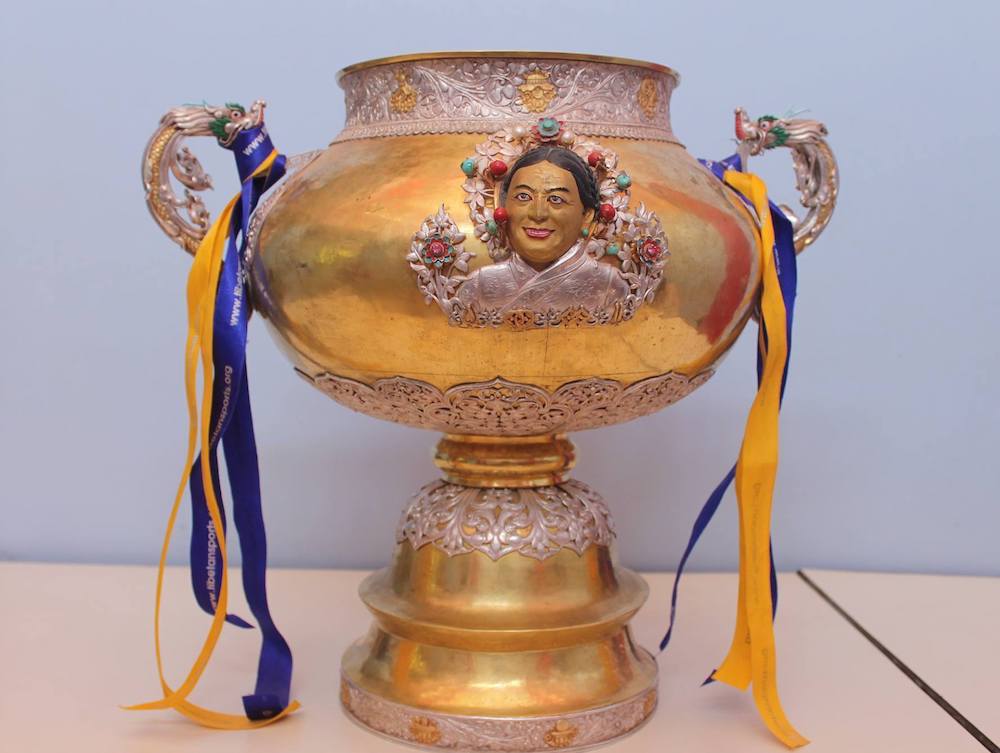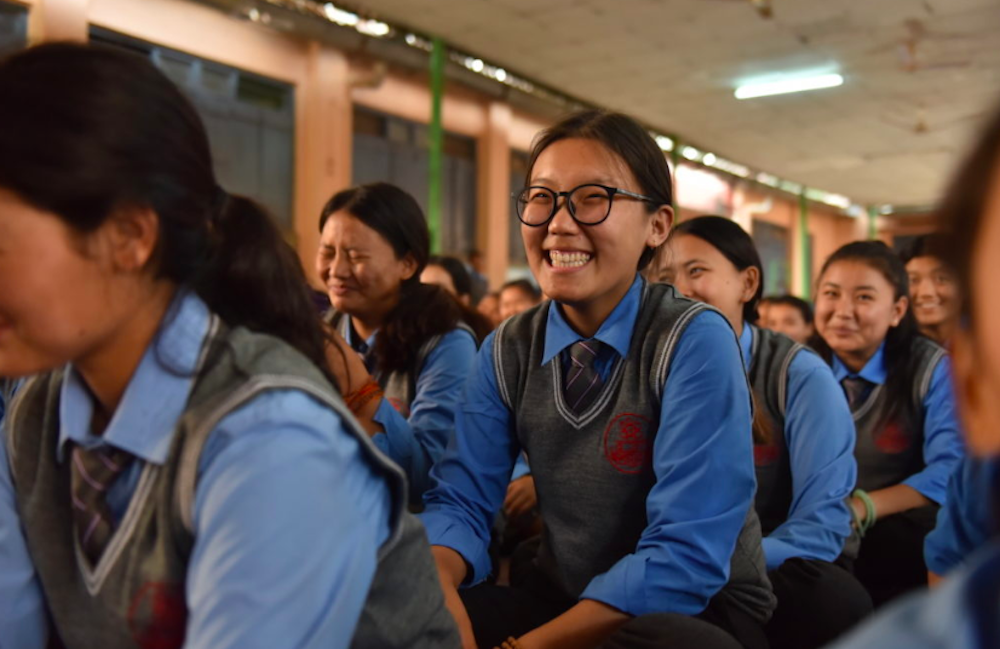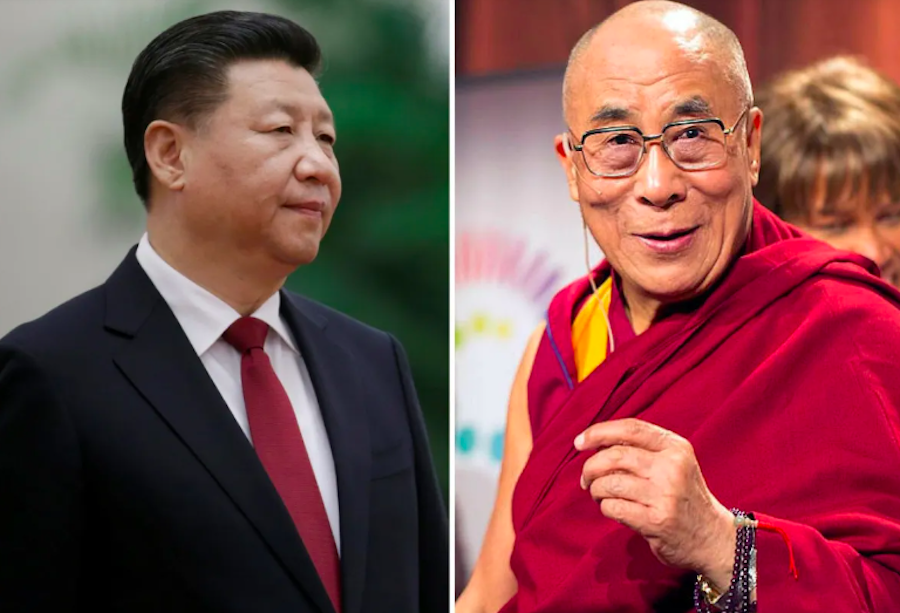By Phurbu Thinley
Dharamsala, March 26: China on Wednesday allowed into the Tibetan capital Lhasa the first group of foreign journalists to visit since the protests intensified in Lhasa and turned violent.
China’s decision to allow foreign media for the first time, in more than two weeks of crackdown in Tibet, comes when it is already reeling under intense international pressure to end repressive measures in Tibet and show more transparency about the situation therein. The decision also comes amid growing threats of possible boycott of the 2008 Beijing Olympics.
Although a small group of foreign media is now taken to Lhasa for a two-day coverage, it is still unclear how these journalists will be allowed to report on the situation.
“It was unclear how much freedom the small group of foreign reporters would have over the two-day trip, which comes amid rising international pressure over the government crackdown less than five months ahead of the Beijing Olympics,” the Associated Press reported.
Chinese media have been seen thoroughly censored by the authorities in their reporting of the unrests inside Tibet and are directed to relate only the one-sided story of the government.
In the absence of foreign media, Chinese authorities have released images and television footage of violent people, purportedly to be Tibetans, accusing them of inciting violence in Lhasa. Eyewitnesses, however, point out that those shown in some pictures were actually Chinese police in Tibetan outfits sent out by authorities to incite communal violence among Han Chinese and Tibetans that would give authorities justification for their violent crackdown.
The Chinese government says at least 22 people have died in Lhasa. However, the Tibetan Government-in-Exile based in India on Monday put the number of death toll at about 140, including 19 killed in Gansu province outside the so called Tibet Autonomous Region (TAR). The government also released a list of identified Tibetans, saying it had reliable information on other individuals killed during the demonstrations.
Since the first peaceful protests broke out in Lhasa on March 10, Chinese authorities took no time in flooding Lhasa and other Tibetan areas with military troops and armed police, creating an atmosphere, described by many, as being similar to the martial law situation imposed in 1989.
Authorities also quickly sealed off Tibet from foreign reporters and tourists, making it extremely difficult to verify information. Authorities have also sought to stop the foreign press from travelling to Tibetan areas in Sichuan, Gansu and Qinghai provinces where fierce protests have broken out.
Despite mounting international pressure on Chinese Government to show restraint in dealing with situation in Tibet, Tibetan demonstrators were seen brutally crushed down by armed police, often opening gun fire indiscriminately into the crowd of protesters, mainly led by Buddhist monks, in other Tibetans regions outside the TAR.
Fearing worst repression for Tibetans inside Tibet, the exiled Tibetan leader the Dalai Lama and Tibetan Government-in-Exile have repeatedly called on international community to persuade China to allow independent fact-finding missions and foreign media to monitor the situation inside Tibet instead of relying on one-sided information from Chinese government.
Tibetan Government on Tuesday said a monk from Ramoche Monastery in Lhasa died of starvation on March 24, after Chinese authorities sealed the monastery and cut off food and water supply since March 14.
China’s decision to take foreign journalists on Wednesday is seen by media to be among show of control after violence. “The moves appear calculated to bolster government claims that authorities are in control of the situation and that the protests that began peacefully were acts of destruction and murder,” the Associated Press said in its report.
China has routinely announced the surrender of hundreds of people over anti-government protests since last week. Tibetan exiles rebuff such claims as being usual propaganda campaigns set up by Chinese authorities, and fear worst torture and inhumane treatment would be meted out to those Tibetans arrested during the protests.
Many observers and China dissidents have begun condemning Chinese government for orchestrating the violence in Tibet in order to justify their brutal crackdown on Tibetan demonstrators. A group of 30 China dissidents signed a petition on March 22 calling on China to come out clean from unverified propaganda claims it has been making since the protest broke out in Lhasa.









